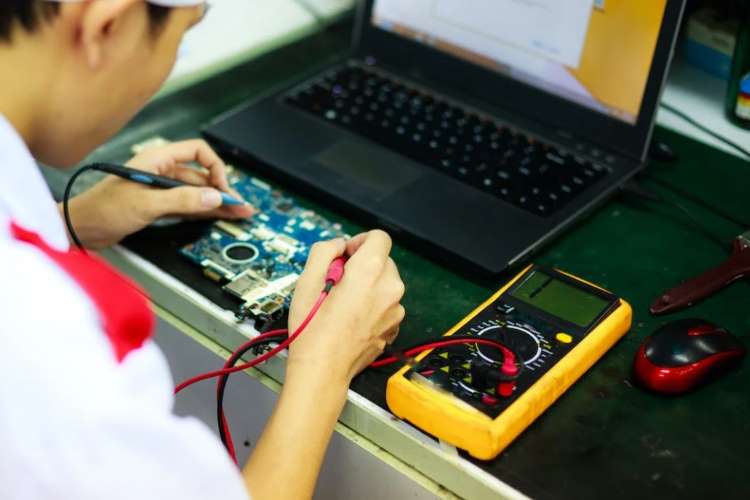
Assessing the PLI scheme: Various studies have been launched to assess the effectiveness of the Production-Linked Incentive scheme as it enters the second half of its five-year term. A mid-term review conducted by the New Delhi-based think tank GTRI suggests several ways to enhance the scheme’s performance. It is crucial to analyse the scheme’s financial self-sufficiency in relation to the net GST paid by PLI-supported units on factory value added, rather than the gross GST collection, says the study.
The PLI scheme was launched in April 2020 with the aim of boosting domestic manufacturing and attracting investments. It covers areas such as mobile phone manufacturing and electronic components, including assembly, testing, marking, and packaging (ATMP) units. The scheme has been highly successful, with numerous companies announcing investments worth over Rs 1 lakh crore. It has led to a significant increase in domestic manufacturing of mobile phones and electronic components.
READ I Sustainable agriculture key to ensuring food security
Tweaks needed in PLI scheme norms
To prevent competitive imbalances between beneficiary firms and other manufacturers in the same product category, the study emphasises the importance of providing equal support to all manufacturers within an industry. The rapid growth of PLI-supported firms is not necessarily a desirable outcome if it leads to production shifting from non-supported firms to beneficiaries.
To maintain the integrity of the PLI scheme, there is an urgent need to prevent misuse of incentives based on incremental sales or output. The study highlights the potential for beneficiary companies to manipulate output levels using group firms or contract manufacturers. Lessons should be learned from past experiences, such as the misuse of the Target Plus scheme, to prevent revenue losses and safeguard the PLI scheme’s integrity.
Simplifying the scheme’s incentive criteria is another essential step in preventing misuse. The current criteria involve multiple thresholds linked to investments, production, sales, localisation, and inputs used. Adopting simpler models would facilitate efficient processing of applications, and minimising reliance on beneficiary firms for supporting data would expedite the approval process.
Incentivising local production of components is a key strategy to enhance the effectiveness of the PLI scheme. Criticisms have been raised regarding the scheme’s focus solely on the final product. To address this, the government should offer incentives for the domestic production of critical components and raw materials, such as PCBAs, memory chips, synthetic fabric, yarn, and chemicals. This approach would foster the emergence of a local production ecosystem and reduce dependence on imports.
Considering the imposition of carbon border taxes by several countries, it is desirable to introduce PLIs for clean energy technology pilots. This would encourage investment in technologies promoting greener fuel and production options, particularly in industries like steel and aluminium. By reducing its carbon footprint, India can improve its export performance. Legislative initiatives such as the Inflation Reduction Act in the US target imports with high energy intensity to fight climate change.
Encouraging the establishment of industrial labs for reverse engineering is another important step in enhancing the PLI scheme’s effectiveness. This would reduce dependence on imported machinery and enhance the quality of domestic output. Reverse engineering of advanced machinery used in sectors like textiles, mining, metals, and agriculture should be encouraged.
Addressing the identified areas of improvement is crucial to ensure the effectiveness of the PLI scheme. The government must implement strategies to promote innovation and domestic production, strengthening India’s position as a global manufacturing hub. The PLI scheme should drive sustainable and inclusive economic development, benefiting all citizens of the country. With the potential to transform the manufacturing sector and create millions of jobs, the PLI scheme holds immense promise for India’s future.
